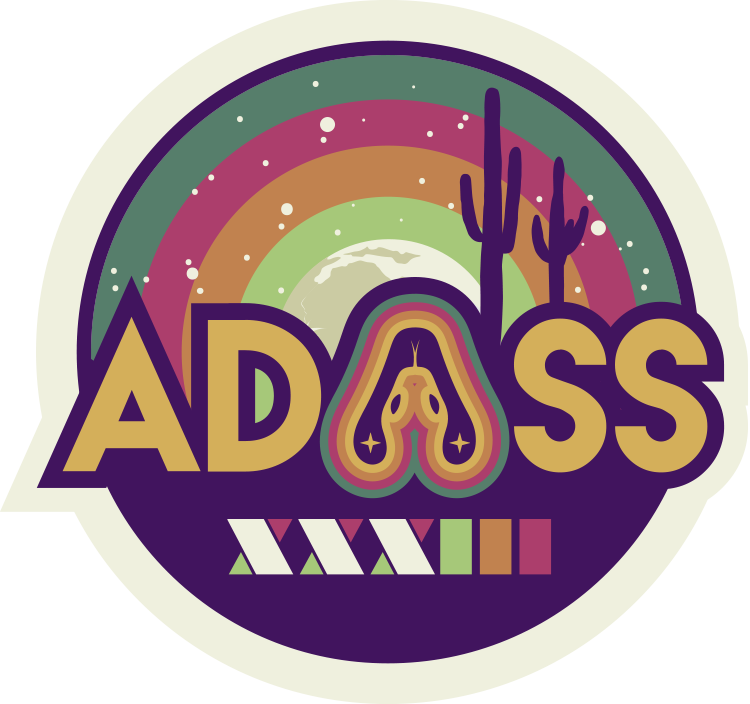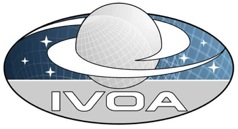ADASS posters are displayed all week
When
Theme: AI in Astronomy
Quantum computing represents a cutting-edge frontier in artificial intelligence, proposing to enhance machine learning and deep learning techniques, leveraging quantum mechanic principles, such as superposition and entanglement. The work presented in this project falls within the context of the AGILE space mission, launched in 2007 by the Italian Space Agency to study X-ray and gamma-ray phenomena. AGILE is equipped with detectors capable of collecting information about gamma and X-rays.
This work aims to investigate the feasibility and potential advantage of quantum machine learning methods in the context of the AGILE space mission. We implemented different quantum deep learning algorithms that analyze the data acquired by the instrument onboard AGILE to detect the Gamma-Ray Bursts from sky maps or light curves. Moreover, we want to compare the results obtained from Quantum Neural Networks (QNNs) with those obtained from classical networks in order to see if the former can provide an improvement.
We evaluated and adapted to our problems several QNNs implemented through various frameworks that have been employed to simulate the behaviour of a quantum computer: TensorFlow-Quantum, Qiskit, and PennyLane.
In order to measure the performances of different networks and to use both sky maps and light curves’ datasets, we developed different quantum architectures with an embedding layer used to represent input data as quantum states, taking a classical data point and translating it into a set of gate parameters in a quantum circuit. The methods presented in this work use amplitude encoding and re-uploading techniques.
The QNN and the classical architectures are evaluated using the same dataset of sky maps and time series. The QNN implemented with PennyLane achieved the best performances among the analysed architectures, reaching an accuracy of 0.951 with the dataset of sky maps and 0.875 with the dataset of time series. On the other hand, the classical version of the network achieved an accuracy of 0.984 for the former and 0.875 for the latter. Nevertheless, the quantum approach uses only 51 trainable parameters, with each convolution and pooling layer consisting of 15 and 2 parameters respectively, while the classical network uses more than 100k for sky maps. The results that we obtained using the QNN are similar to those obtained with classical machine learning, but with sensitively fewer trainable parameters. The adoption of quantum models for GRBs detection in the data acquired by the AGILE instruments allows us to deal with a simplification of the optimisation process while achieving close to state-of-the-art performance results. Therefore, this work can lead to some insights into the importance of quantum deep learning showing how it can ease the complexity of deep learning problems, achieving similar results to the classical approach.



